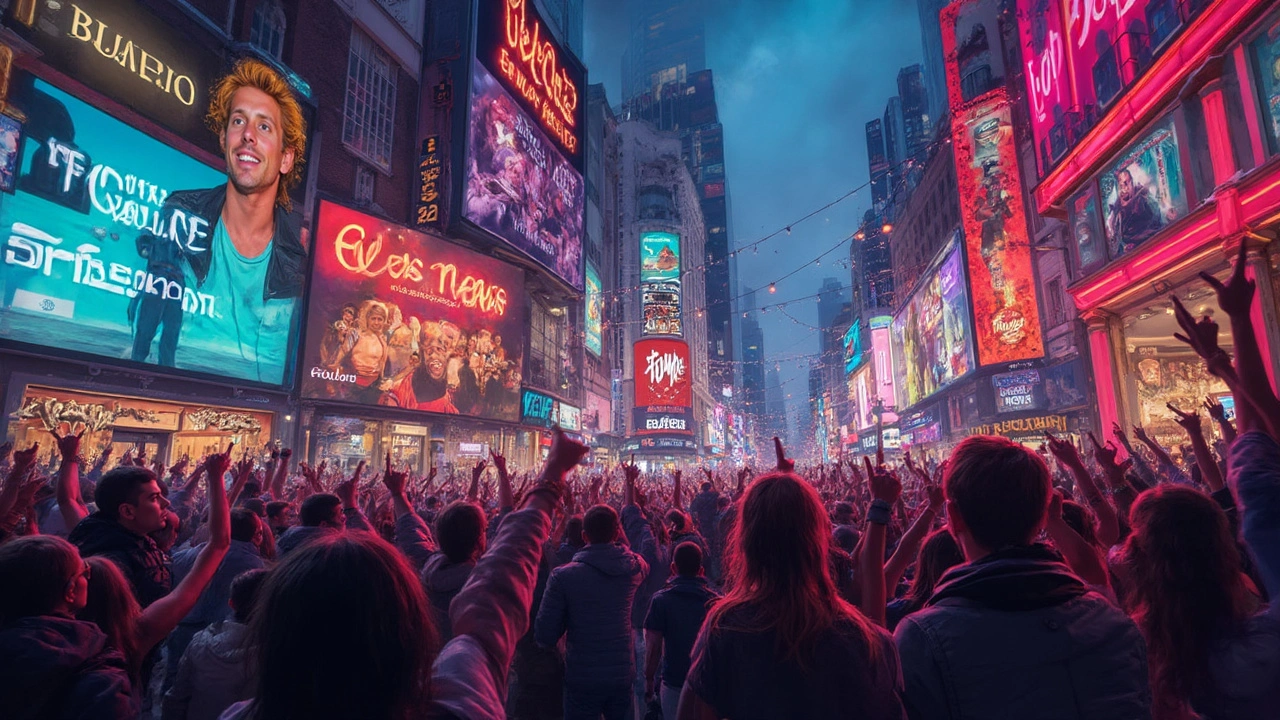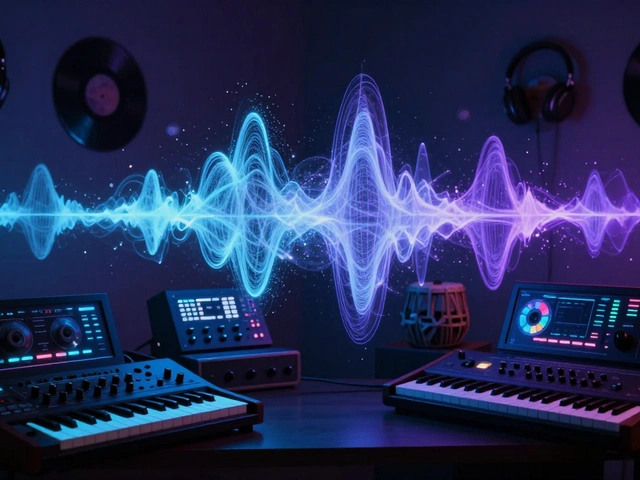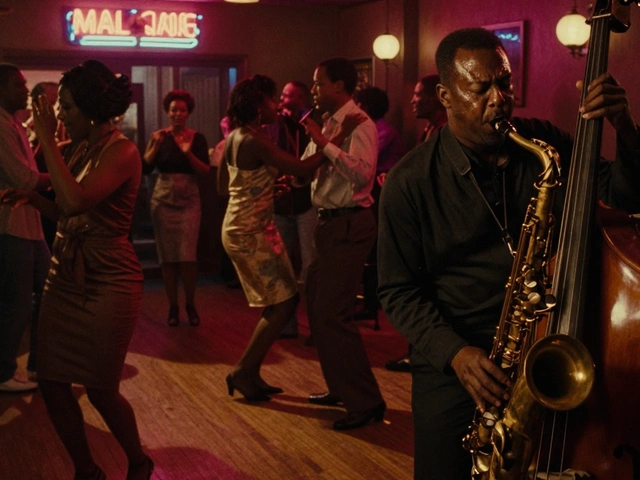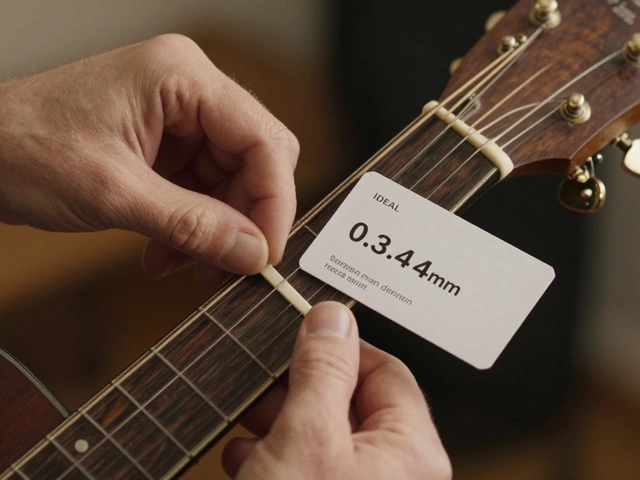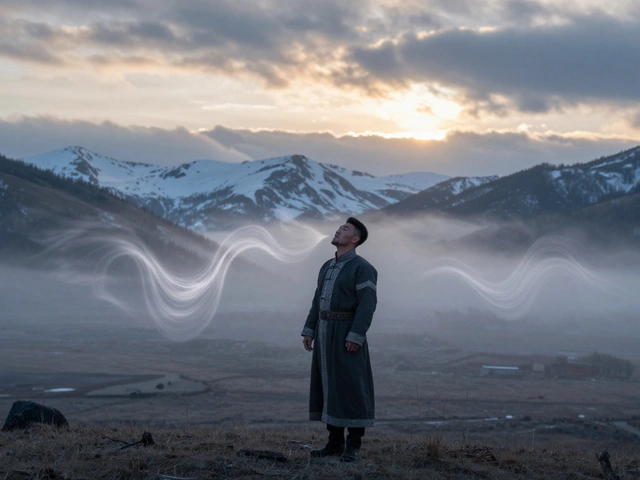Have you ever found yourself humming a tune long after seeing an ad? That's not a coincidence. Pop music in advertising isn't just background noise—it's a strategic tool that brands use to grab our attention and stick in our minds. As pop music evolves, so does its role in ads, adapting to trends and shaping consumer experience in exciting ways.
Let's rewind a bit. Remember jingles from decades ago? They were basic, sure, but so effective. Fast forward to today, and we see full-fledged pop hits accompanying commercials. This isn't just about music; it's about crafting an experience that aligns with what people love. It changes how we perceive a brand, making it more relatable and human.
Pop songs in ads work because they evoke emotions and memories. A catchy pop beat can make you associate a product with happy or exciting moments in your life. And once you're hooked, brand recognition improves. It’s not just about selling a product anymore—it’s about creating an emotional connection with the audience.
- The Evolution of Pop Music in Ads
- The Role of Catchy Tunes
- Pop Music and Brand Identity
- Future Trends in Music Advertising
The Evolution of Pop Music in Ads
Pop music has come a long way in the advertising world. Think back to the 1950s and 60s when ads were all about those catchy jingles. They were simple yet memorably effective, using upbeat tunes to ensure the brand stuck in your head. Fast forward a few decades and it’s not merely jingles that dominate the scene; it's full-fledged pop tracks.
Companies soon figured out that leveraging the popularity of big-name pop stars could massively boost a product’s appeal. Remember Pepsi partnering with Michael Jackson in the 80s? That wasn’t just a commercial—it was an event. It showed how leveraging pop icons could radically redefine brand engagement.
Today, it’s not unusual to hear the latest chart-toppers in ads. Brands invest significantly to stay relevant and connect with their target demographics through music that resonates with them. As musician Pharrell Williams said,
“A song can change your mood, sell you a product, and create an emotional connection.”
How do brands decide which songs to use? It’s all about the vibe. Companies aim to match a song’s energy with their product’s message. If they’re launching something fun and youthful, they’ll likely pick a high-energy pop track that's popular among younger audiences.
One interesting shift has been the increase of indie pop tracks in commercials. These are often more affordable than top hits by major artists but can still offer that fresh, catchy sound that audiences adore. Plus, they give exposure to up-and-coming artists, building a mutually beneficial relationship.
Pop music in advertising isn't just about selling; it’s about storytelling. It's weaving narratives through sound, enhancing the consumer's experience. This strategic use of pop music continues to evolve, shaping not just how we see brands, but how we feel about them and interact with them.
The Role of Catchy Tunes
Ever wonder why some ads get stuck in your head like bubblegum on a shoe? It’s the catchy tunes. Advertisers know that a well-placed pop song can turn a regular commercial into something you can’t stop thinking about.
Long gone are the days of simply pushing a product—now it's all about attaching a mood or memory to a brand through music. Think about Apple's legendary iPod commercials with The Fratellis' "Flathead" or Coca-Cola's use of "I'd Like to Teach the World to Sing." These pop music tracks become part of the brand’s identity.
Madonna once said, "I'm tough, I'm ambitious, and I know exactly what I want. If that makes me a bitch, okay." In the ad world, knowing exactly what a song can do for a brand is powerful, almost like weaving a spell.
Using these tunes isn't just about choosing a peppy rhythm; it's about picking the perfect track that captures the brand's vibe. The bounce of a pop beat can make you feel good, and when you feel good, you're more likely to connect positively with the brand.
Research from Nielsen shows that ads with music scored 20% higher in effectiveness, proving how much a song influences consumer behavior. While every brand's goal is different, from creating buzz to driving sales, they all want that earworm to lead back to them.
In the world of advertising, a catchy tune isn’t just an add-on; it's an essential element. It’s the secret ingredient that makes you remember the product long after you've hit skip on that YouTube ad.
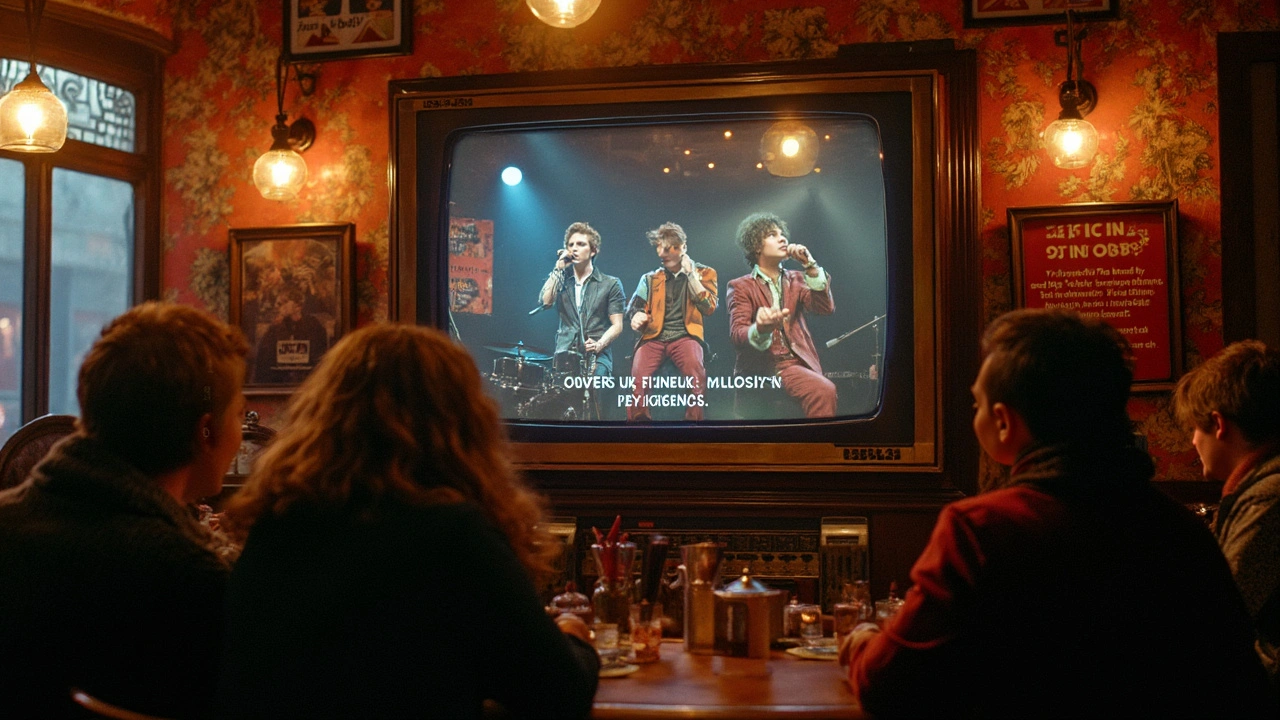
Pop Music and Brand Identity
Ever wondered why some brands just seem cooler than others? It's not just their products; it's their vibe. A key part of that vibe? You guessed it—pop music. Using popular tunes, brands create a distinct brand identity that resonates with their target audience.
Take Apple, for example. They’ve mastered using music to project their brand image. From edgy indie tracks in their commercials to featuring upcoming artists, their choice of music reflects innovation. It's like they’re saying, “Hey, we’re hip and happening, and our products are too.” This makes their brand stick in the minds of consumers.
Using music in ads isn’t just about sound; it's about defining a brand’s personality. For instance, Nike has been known to pump up the energy in their ads with dynamic and high-tempo pop tracks. This aligns perfectly with their brand identity of empowerment and action.
Here's how pop music plays into brand identity:
- Creates Emotional Bonds: Music evokes emotion, and when a brand consistently uses a certain style of music, it can trigger the same feelings whenever the brand is mentioned.
- Targets Demographics: By choosing music that appeals to their target audience, brands directly connect with those they want to reach, whether it’s Gen Z, millennials, or boomers.
- Enhances Memorability: Catchy tunes make ads stick in our heads. Have you ever caught yourself singing a song from an ad you saw? That's music doing its job.
It's fascinating how pop music isn’t just there to fill in the silence. It works actively to shape how we perceive brands. And with the ongoing evolution of music trends, the possibilities for influencing brand identity are endless.
Future Trends in Music Advertising
So, what's next for pop music in advertising? Well, it's looking pretty exciting with tech opening up all sorts of new possibilities. Remember how virtual reality and augmented reality were the stuff of sci-fi movies? Now, they're becoming key players in advertising. Imagine experiencing a concert-like vibe in an ad just by wearing VR glasses. That's the future, and it's right around the corner.
Another big trend is personalized music experiences. Brands are starting to use AI to tailor music in ads to match individual tastes. Yup, your favorite pop tune could soon be synced with a product designed just for you. This level of personalization isn’t just cool—it’s set to drastically improve how brands connect with their audience on a personal level.
Ever thought about social media platforms like TikTok or Instagram being more than just places to scroll through? They're super valuable for advertisers too. With pop music clips going viral, companies can create campaigns that tap into these trends, making them relevant and current. It’s a win-win: advertisers reach their audience in creative ways, and consumers get fun, shareable content.
Also, music streaming platforms are becoming huge advertising spaces. Collaborations between pop artists and brands are more common. When artists drop exclusive tracks or albums tied to a brand, it creates buzz and engagement, offering fans something fresh and exciting.
Let’s not forget about sustainability. Pop music can push brands to adopt eco-friendly practices, with music being a powerful medium to convey messages about social and environmental issues. By aligning with pop music that champions these causes, brands can show they care and encourage positive change.
The way we consume media is transforming fast, and advertising is riding the wave. Thanks to pop music, the future of advertising looks a whole lot more engaging and targeted. It’ll be great to see how brands and music trends will intertwine, bringing us an era of advertising that's more immersive and personalized than ever before.

